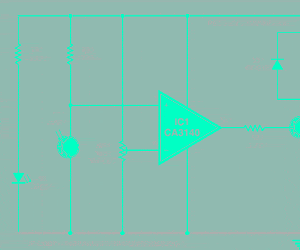This story begins just like any other—with a problem. There are way too many electrical and electronic appliances and devices in the world today. Engineers are trying to reduce the power consumption of devices, but it is still not enough compared to the total increase in power consumption by the growing number of devices. Do you think it is possible to reduce the number of devices a person uses? Will you be prepared to cut down on your gadget usage by at least 50 per cent? We doubt many people would be ready for this proposition.
As an alternative, for the past few years, governments and organisations across the world have been experimenting with and encouraging the use of renewable energy sources like wind, solar and tidal power, to fuel everything from residential flats to watches. What makes the topic worth revisiting every year is the change in the status of renewable energy. While some years ago one would have shrugged it off as another passing fad, now people have realised that it solves a real and pressing problem, consequently investing enough efforts and know-how into making the use of renewable energy more practical and economical. Interestingly, a lot of this effort comes from the electronics community. Here, we look at some random examples in this space, from across the world.
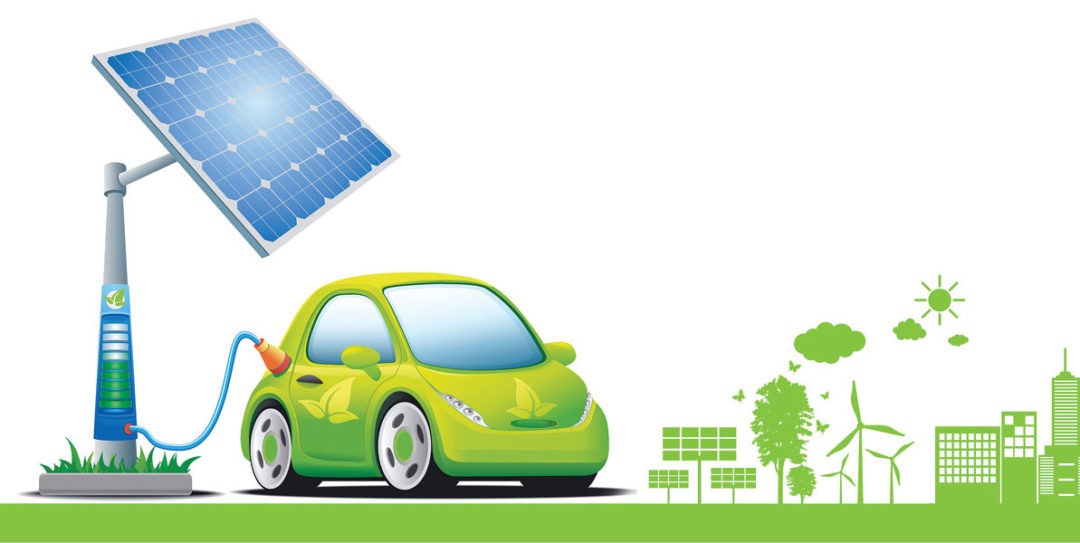
Transparent solar cells
A brainchild of Ubiquitous Energy Inc., a spin-out from Massachusetts Institute of Technology, USA, ClearView Power claims to be the world’s first truly-transparent solar technology. The thin, eco-friendly, transparent film can replace anything from windows to display units, supplying whole or part of the power needed by the device, automobile or building.
What it can power. Buildings, cars, mobile devices, Internet of Things (IoT) devices, digital signage, electronic displays in store shelves and so on.
How it works. ClearView Power technology is a transparent, thin solar film that can cover the display area of electronic products or window glasses. Unlike past examples of transparent, luminescent solar concentrators, which had to be coloured to capture energy from light, ClearView is considered transparent because it transmits around 90 per cent of visible light, absorbing and converting only ultraviolet (UV) and infrared (IR) light into electricity. Since two-thirds of the light available for energy harvesting is in UV and IR bands, this also leads to practical efficiencies over ten per cent. The transparent solar film is less than thousandth-of-a-millimetre thick and is made of low-cost, non-toxic materials, using industry-standard deposition equipment.
Heralding the hydrogen age
Sustainable fuel cell systems such as hydrogen based ones are gaining momentum, thanks to companies like UK based Intelligent Energy, which specialises in the development of modular, low-carbon fuel cell systems for a range of applications from telecom infrastructure to automobiles. The global fuel cell leader has also been deploying fuel cells to replace small diesel backup generators in India. However, the latest twist in the tale is the use of hydrogen cartridges for powering personal mobile devices.
What it can power. Consumer electronics, automobiles, homes, small industries, telecom infrastructure, transportation communication networks, flight guidance systems, and security and surveillance systems, among others.
How it works. Modular fuel cell systems help in powering distributed infrastructure like telecom systems. Intelligent Energy’s 305 fuel cell system is based on hydrogen-fuelled, proton exchange membrane (PEM) fuel cell technology. It is modular and completely plug-and-play, which enables quick and easy upgrades as power requirements at the site increase. The 305 fuel cells can draw hydrogen from wind, solar and biomass installations, hydrocarbon reformation at refineries and other industrial sites and by-products from other industrial processes.
High-performance fuel cell platforms for automobiles are also available, ranging from 1kW to greater than 100kW. These solutions generally fall under two modular architectures: air-cooled technology that uses cathode air cooling to manage the thermal balance of the fuel cell and evaporatively-cooled technology that utilises the heat of vaporisation to manage the thermal balance of the fuel cell.
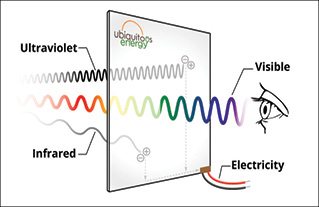
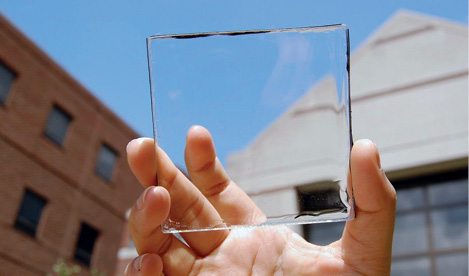
However, the most exciting news is the entry of hydrogen cells into a space that was not commonly associated with it in the past, namely, consumer electronics. The fact that Upp, a fuel cell charger that uses Intelligent Energy’s unique portable hydrogen cartridge, has been placed on the shelves of Apple stores in the UK is a clear sign of its arrival. Unlike normal batteries that need to be charged from the grid, hydrogen cartridges in Upp do not need pre-charging, which enables Upp to give instant and continuous power from the moment it is plugged in.
Hydrogen cartridges for portable consumer electronic fuel cell devices can store hydrogen or generate it. Cartridges that store energy usually use metal hydrides, which are chemicals that absorb hydrogen like a sponge and release it when required. These fully-recyclable chemicals can be refilled from pressurised gas bottles. Hydride cartridges would generally have a metal alloy to store hydrogen in solid state.
On the other hand, a hydrogen cartridge can also generate hydrogen on-the-fly from a number of compounds that react readily with water to produce gaseous hydrogen. This method is considered more advantageous because the materials used have a low environmental impact when discharged, and so the cartridges can be made disposable.
Sugar-powered battery
A sugar-powered bio-battery is a sweet proposition, indeed! Last year, researchers at Virginia Tech, USA, reported in Nature Communications about their new bio-battery, which is capable of storing ten times more energy than a lithium-ion battery of the same size. The best part is that, recharging the battery just involves adding some more sugar to it.
What it can power. Smartphones, tablets, electric cars and practically any device that currently uses lithium-ion cells.
How it works. Like other types of fuel cells, the battery breaks down the fuel to release energy. In this case, that fuel is partially-digested starch, which is present in high-energy plant based foods such as potatoes. The starch is broken down into a complex sugar called maltodextrin (a commercially-available sweetener), which is further broken down by a chain of 13 enzymes.
This process, interestingly, releases a stream of electrons. As explained in a press report by Y.H. Percival Zhang, professor of biological systems engineering at Virginia Tech, all electron charges stored in the sugar solution are released slowly, step-by-step, by using an enzyme cascade. This generates a current capable of powering electronic devices.
The sugar solution that fuels the new bio-battery is cheap, safe and easily refillable. The main by-product of this process—water—is also super eco-friendly. So, in more ways than one, this sugar based battery holds a lot of promise. The team hopes to have it ready for commercial use in around two to three years.
Solar tech from Japanese paper-cutting art
While Origami, the Japanese paper-folding art is well-known, Kirigami is its lesser-known cousin that involves cutting and folding the paper. This interesting art recently motivated researchers at University of Michigan, USA, to come up with an exciting concept for solar panels.
What it can power. Aerospace applications, rooftop solar panels and more.
How it works. The new technology, detailed in Nature Communications, describes a lattice-like cell that can stretch like an accordion, allowing it to tilt along the sun’s trajectory and capture more energy. This deals with the perpetual problem of solar panels remaining stationary while the sun moves.
For low-cost installations on the rooftop, it is not possible to have complex tracking systems together with the panels, which means a lot of energy is lost every time the sun’s rays change direction. To solve this problem, Kirigami cells are made of flexible, thin-film gallium arsenide strips, cut in a simple, two-dimensional pattern. When the cells are stretched, a pattern pops out (like in a pop-up book), making these three-dimensional, improving the tracking radius to about 120°. This enables the film to collect 30 per cent more solar energy than conventional cells.
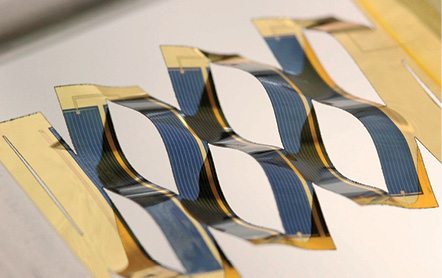

However, these benefits come at a larger footprint because the panels have to be around twice the size to provide room for the solar cells to stretch. There are many more such issues that need to be ironed out before this technology can be commercialised, but experts in the space still consider this as one of the quirkiest findings in recent times.
Clean tech inspired by the butterfly
Some people have very keen eyes. Guess what scientists at University of Exeter, UK, observed? A uniquely-angled V shape formed by the resting posture of a small species of butterfly called Cabbage White. This observation could pave the way for lighter, more efficient solar-energy-harvesting systems.
What it can power. Homes, digital signs, cars, wearables and other solar-powered things.
How it works. The wings of a butterfly catches everybody’s attention due to their beauty. But there is much more to it than meets the eye. Butterfly wings are complex. There are pairs of wings that link up during flight and overlap at rest, as well as special scale cells on their wings that show complicated morphologies and orientations. These scale cells are believed to confer optical properties to the whole wing.
The whole flight mechanism of the butterfly is, believe it or not, powered by solar energy! Butterflies bask in the sun to heat up their flight muscles before they can start fluttering. That is why you see more butterflies fluttering about on sunny days than on cloudy ones.
So when researchers noticed that Cabbage White started flying earlier than other species on a cloudy day, they started seeking what the butterfly’s specific advantage was. According to the team, this ability is thought to be due to the V-shape posture, known as reflectance basking, which they adopt on cloudy days to maximise the concentration of solar energy onto their thorax, which allows for flight. In simple terms, solar energy is concentrated as it bounces back and forth down the V-shape arrangement of the wings. The unique substructures of the wing also help solar energy to reach the flight muscles more quickly.
This whole structure can be reconstructed using special mirrors and photovoltaic cells. To prove the potential efficiency of such a system, scientists attached a Cabbage White’s wings to a conventional solar cell and achieved a 42 per cent increase in power output, increasing the power-to-weight ratio of the overall structure 17 folds. While it would be cruel to capture millions of Cabbage Whites to achieve this aim, the team believes it is certainly possible to build synthetic structures to achieve this purpose.
Indeed, scientists are looking everywhere for inspiration, so they can come up with more renewable and sustainable energy solutions, to power everything from homes and industries to personal devices and cars. If the quest does not gain momentum, we might be the first and last generation to have seen many of the devices around us.
Janani Gopalakrishnan Vikram is a technically-qualified freelance writer, editor and hands-on mom based in Chennai




